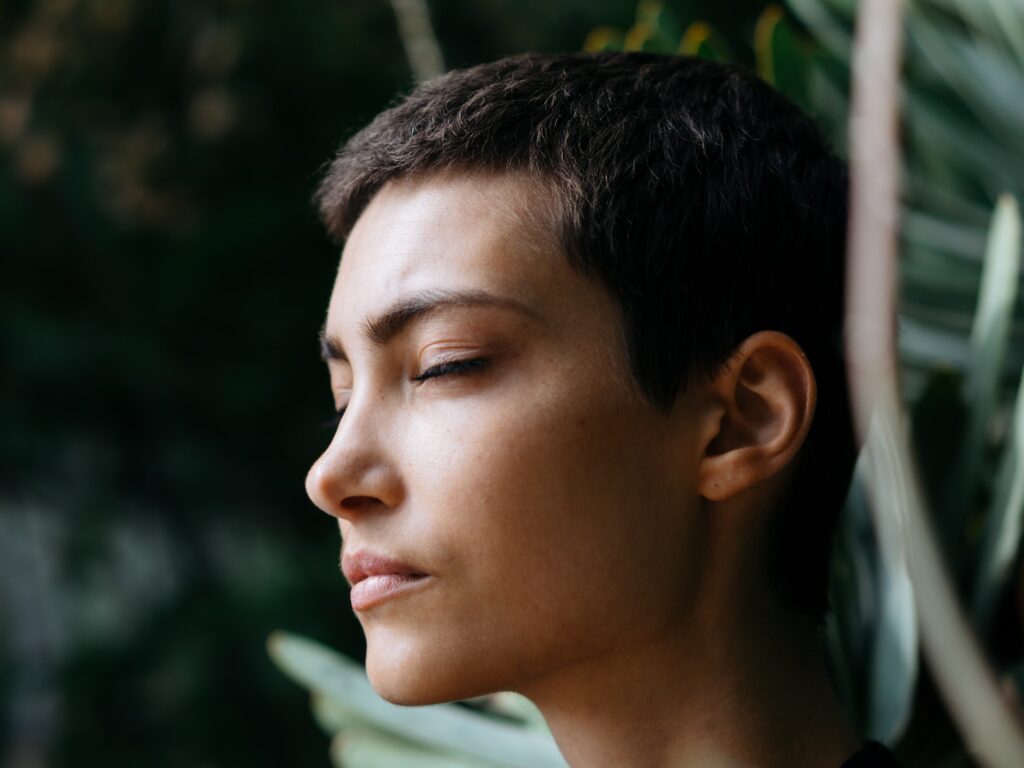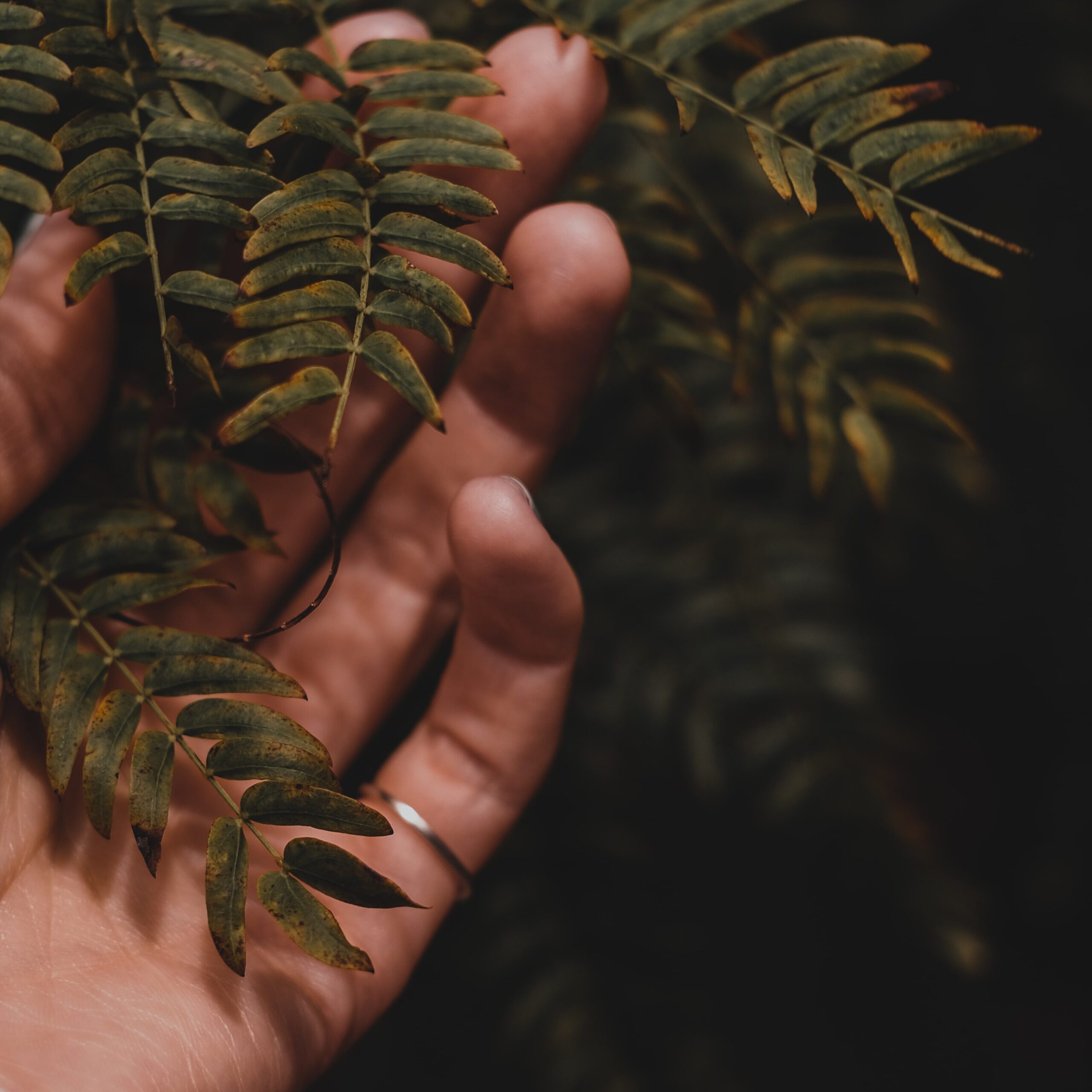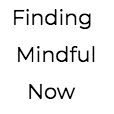Nourish: Body Awareness
The body is the closest we can get to the present.
Nourishment is a foundation to capacity.
Join me for exploring built-in resourcing and the power of sensory awareness for supporting nervous system regulation.
Through body awareness we gain clarity and realize that discomfort doesn’t have to require resistance or numbing.
This live course takes place over zoom.
Four sessions, one a week, one hour long.
Two different sets of days/times during February 2023:
Fridays at 12pm PST OR Wednesdays at 6 pm PST
$150
Week 1 – Stability, Safety and Inquiry
Week 2 – Internal and External Senses
Week 3 – Centering, Grounding and Blending
Week 4 – Activation and Bite Sizes
Why Explore Bodily Sensations?
A resource is a source of support.
Humans have been using internal and external resources from time immemorial as part of adapting to stressors. Without them humanity would not have survived changing climate, famines, and the extensive hardships that are part of life.
This course introduces a group of innate resources that are built into the body that can be used any time you feel overwhelmed. It’s a precursor to the Nourish: Movement Awareness course which goes into bodily motion as another set of innate resources.
It takes 300 repetitions of purposeful practice to develop muscle memory. It takes 3000 intentional repetitions of purposeful practice to fully embody it. – Adapted from Richard Richard Strozzi-Heckler from the book Leadership Dojo
Use of resources is part of the built-in intelligence everyone’s brain-body system has to regulate an activated nervous system. We’re all doing this every day. So why have a course on it to learn more?
Some resources, often called “coping”, may have side-effects that aren’t useful anymore.
I have used, and sometimes still use, eating, dissociation, isolation, work, exercise, social media, staying busy, and many more resources to avoid feeling.
I learned these from people and environments around me. I also learned the belief that “suffering” or “bad feelings” needed to be avoided.
Coping adaptations have been useful and I will keep using them when the situation fits because they temporarily work for avoiding overwhelm.

None of the coping resources supported my feeling what was there to be felt. None of them revealed the innate capacity of the system to feel and heal. And all had some “cost” I needed to address later.
Sometimes the coping adaptation also extends, adds to, or delays, the overwhelm!
Avoiding feeling the fullness of emotions reinforced a belief of “I can’t handle it.”
Resisting feelings reinforced a belief of “this situation is always awful.”
Hiding from sensations reinforced a belief of “If I feel low it’s bad” and/or “I’m bad.”
Numbing certain emotional experiences reinforced a belief of “I must avoid discomfort.”
Avoidance of feeling hides innate capacity to feel.
“We use regulation to move towards uncomfortable feelings and bodily sensations, not to get away from them.” – Lisa Dion, LPC from the Integrative Somatic Trauma Therapy Certification 2022
Active practice at inquiring into each situation revealed “I’ve always handled it in some way.”
Active practice at feeling the fullness of emotions established a belief of “I CAN feel discomfort.”
Active practice at feeling sensations allowed for an understanding of “feeling encourages healing.”
Active practice at feeling discomfort encouraged my making requests for changes from people and environments.

In each session we’ll go over the structure of a set of resources together, discussing its applicability.
You’ll be invited to practice together (screens on or off) in the container of the session we co-create.
You’ll also be invited to keep practicing each week as homework to integrate into your life.
From week to week you’ll notice areas where feeling is allowed, and areas where it’s avoided.
Going gently, at your own pace, you’ll inquire into these areas to support the younger versions of you that are part of the learned avoidance pattern.
Fridays at 12pm PST OR Wednesdays at 6 pm PST
$150
Like all of Finding Mindful Now’s programs, you’ll be encouraged to notice which resources are the best fit for YOU.
Some may work in some situations, some in others, and some won’t fit at the moment.
Who is this fit for?
You’re growth focused
You have practiced turning the spotlight of attention toward the body in some way to learn a physical skill. You love practicing for growth.
You’re an action taker
You like the living laboratory of testing new-to-you practices in your own life and are willing to explore even if it feels awkward.
You create space for you
Prioritizing time and space for physical, mental, and spiritual care is something you do regularly or are committing to.
This may not be a fit if:
You want calm, always
This course and its contents won’t bring calm that lasts forever. There’s nothing externally that will bring a permanent emotional experience. Emotions, sensations, thoughts, and feelings are all designed to fluctuate.
You want to control how you feel
Trying on new skills may feel uncomfortable or awkward. Feeling into sensations can result in calm, it can also result in the nervous system settling which allows a release of uncomfortable emotion. That discomfort is necessary for growth.
You expect to process trauma
This course isn’t about processing trauma. I recommend working with a therapist or another health professional for that. If you are facing dire events, I recommend calling an emergency hotline.
